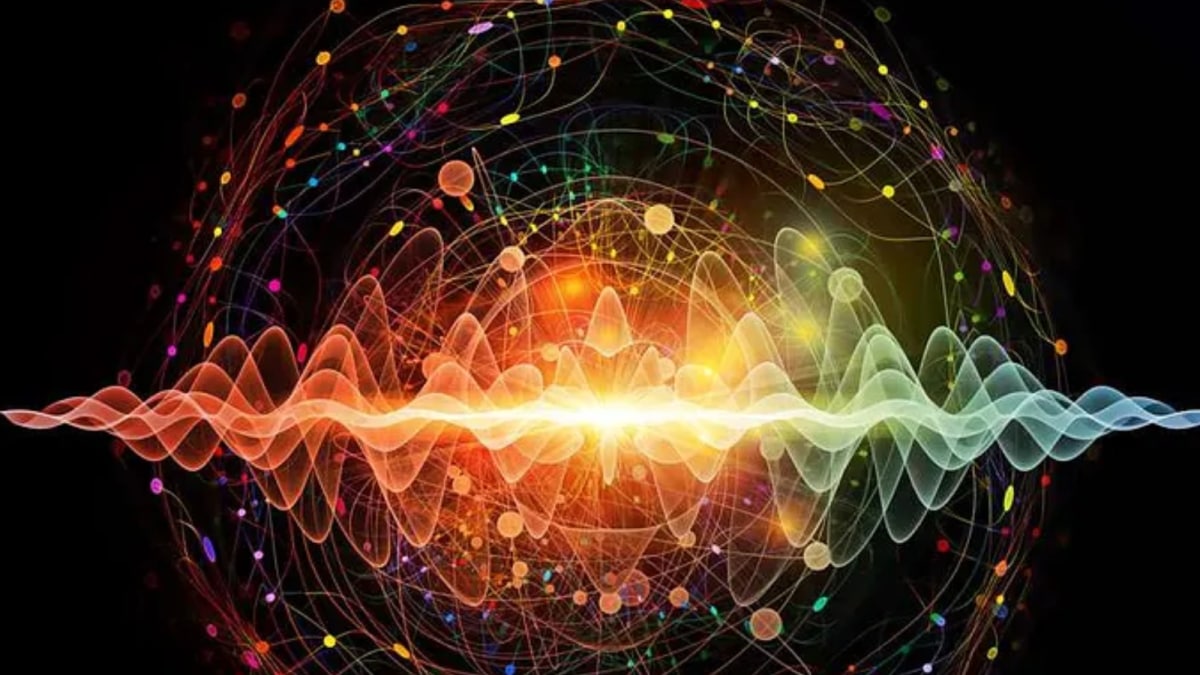Last Updated:
Their experiment proved that quantum effects can exist in large, tangible systems, not just at the subatomic level.

The breakthrough opened the door to an entirely new generation of technologies.
If you think “quantum physics” sounds like something that only happens deep inside a lab- relax. Three scientists won the 2025 Nobel Prize in Physics for showing that the strange rules of the quantum world can play out in something you can literally hold in your hand.
What Exactly Happened?
Recommended Stories
Quantum mechanics is the rulebook for how the tiniest particles in the universe behave. In that world, things don’t follow logic: particles can be in two places at once, slip through barriers or appear out of nowhere. For decades, scientists believed those tricks only worked for atoms and electrons- not for bigger, human-made objects. Then came John Clarke, Michel H. Devoret and John M. Martinis, who built a small electric circuit out of superconductors and showed that it could behave like a single, giant quantum particle.
Their experiment proved that quantum effects can exist in large, tangible systems, not just at the subatomic level. That’s what the Nobel Committee called “the discovery of macroscopic quantum mechanical tunnelling and energy quantisation in an electric circuit.”
In normal language? They got a circuit to do the impossible- jump through an energy barrier and absorb energy in tiny and precise steps.
Why It Matters For Physics And For You?
The same quantum rules they played with already run your world. Every phone, laptop and internet connection depends on quantum effects inside transistors- the tiny switches that power modern electronics. What the three scientists did was take those quantum effects and put them under control. They proved that engineers can deliberately design and manipulate quantum behavior, instead of it just happening by accident.
That breakthrough opened the door to an entirely new generation of technologies- from quantum computers, which can solve problems impossible for ordinary machines, to quantum cryptography for ultra-secure data and quantum sensors that can detect magnetic fields, gravity or even brain activity with incredible precision.
It’s the moment quantum physics moved from theory to something you can actually build and hold.
What Is “Tunnelling” And “Quantisation”?
The Nobel Committee said the trio was being honoured “for the discovery of macroscopic quantum mechanical tunnelling and energy quantisation in an electric circuit.”
Let’s unpack that.
Imagine pushing a ball up a hill. Normally, it either rolls back or goes over the top. But in the quantum world, the ball can just appear on the other side as if it somehow passed through the hill instead of over it. That’s called tunnelling.
That’s exactly what their electric circuit did. The current inside it “tunneled” through an invisible energy barrier and switched states- proof that it was behaving according to quantum mechanics.
And it didn’t do this at random. The circuit only absorbed and released specific, fixed amounts of energy- like climbing stairs instead of sliding up a ramp. That’s quantisation.
Together, those two effects are the heart of quantum physics and these three scientists made them visible in a circuit small enough to hold between your fingers.
Delhi, India, India
October 07, 2025, 16:00 IST
Loading comments…
Read More



